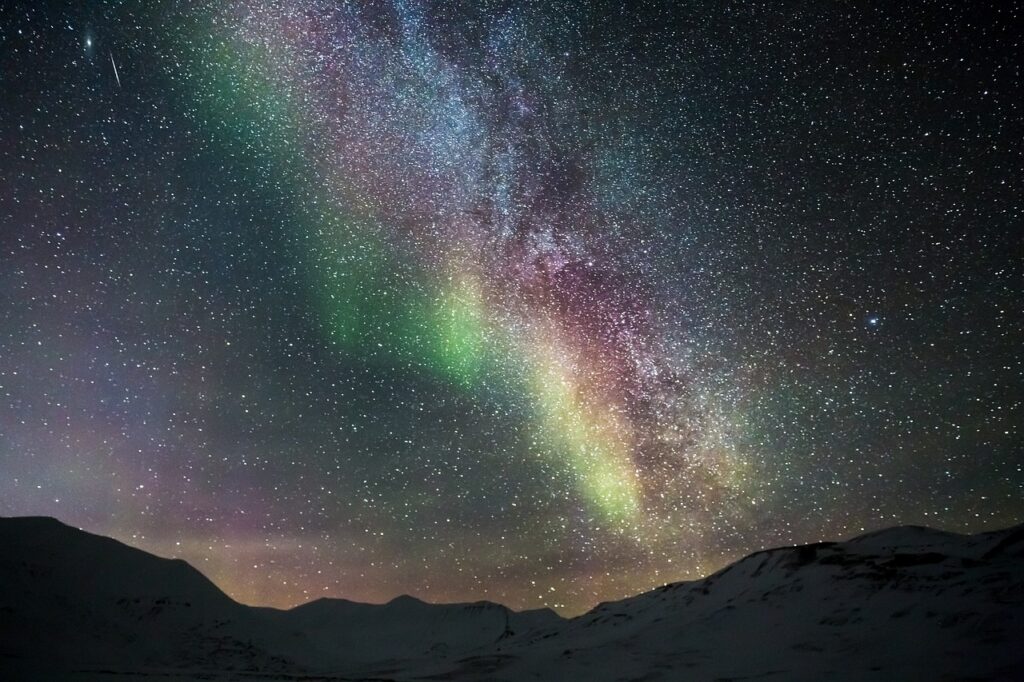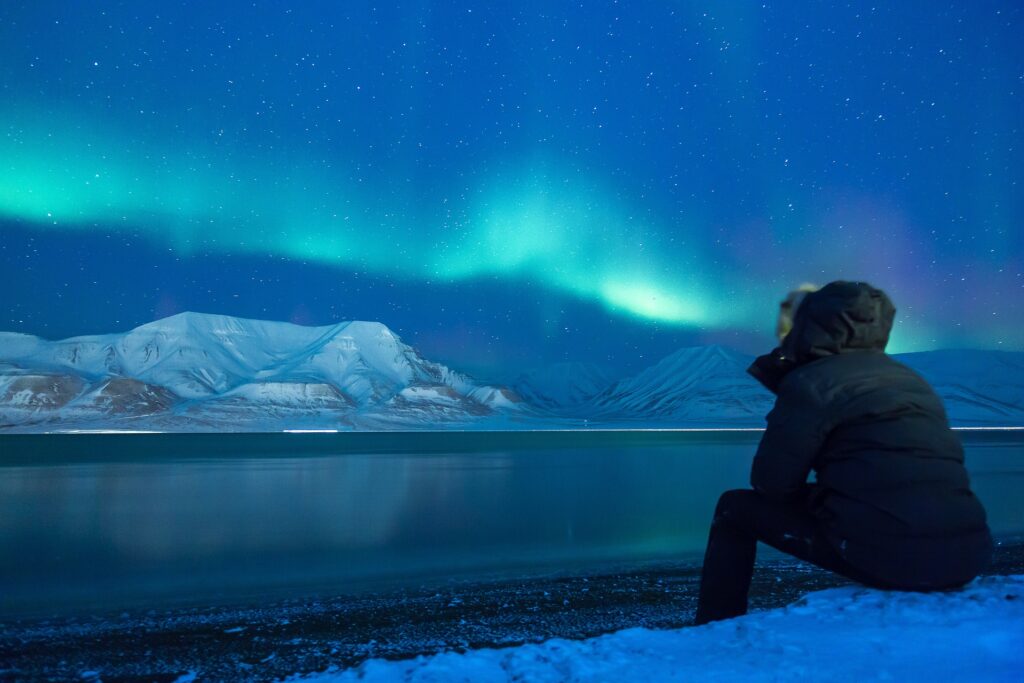Is Helsinki Safe for Tourists in 2024?
If you’re planning a visit to Helsinki, one question that might be on your mind is, “Is Helsinki safe?” Safety is a crucial aspect of any travel experience, and understanding the security of your destination is essential for peace of mind. We will explore the safety of Helsinki, drawing upon a range of experiences and opinions from both locals and travelers. Overall, we’ll provide you with valuable insights and practical tips to help you navigate this vibrant city with confidence. Helsinki is known for its stunning architecture, rich culture, and welcoming atmosphere. With this article, we’ll help you ensure that your visit is not only enjoyable but also safe. Is Helsinki Safe? – An Overview Helsinki is generally a very safe destination. Visitors often note that the city is welcoming and has a reputation for safety. While no place is entirely without risk, Helsinki ranks favorably in terms of security. Most people here use common sense and rely on their instincts to stay out of harm’s way. It’s crucial to remember that, like anywhere else in the world, personal safety in Helsinki largely depends on your own actions and choices. Is Helsinki Safe At Night? When the sun sets and the city’s lights come on, you might wonder, “Is Helsinki safe at night?” Based on the experiences shared, it’s clear that Helsinki maintains its reputation for safety even during the nighttime hours. Many have walked the streets of Helsinki late at night without incident. However, as with any city, some areas may require more caution than others. As you explore Helsinki at night, it’s crucial to remain aware of your surroundings and take extra precautions. Here are some safety measures to consider: Interactions with Locals and Authorities In Helsinki, interactions with locals are generally positive. The Finnish people are known for their friendliness and helpfulness. Should you encounter any hassles or feel uncomfortable, don’t hesitate to approach staff or authorities for assistance. The Finnish police are considered trustworthy and professional, and they are there to help if needed. Remember to assert your personal boundaries and confidently say “no” if someone makes you uncomfortable. Unique Safety Considerations One unique aspect of safety in Helsinki, as shared in the experiences, is the presence of seagulls in the market square! While not a threat to your personal safety, these birds have learned to be quite assertive when it comes to food. To enjoy your snacks in peace, maintain eye contact with the seagulls, as this can deter them from approaching your food. Local Insights and Personal Experiences Local residents and long-term expatriates in Helsinki consistently report feeling safe in the city. While there might be occasional inconveniences, such as dealing with the city’s notorious bike theft issue, Helsinki is, on the whole, a secure place to live and visit. The general consensus is that the city is safe for both locals and tourists. Areas in Helsinki to Exercise Caution While Helsinki is generally very safe, there are specific areas within the city where it’s advisable to exercise caution or, if possible, consider avoiding, especially during the late hours. One such area to be mindful of is Kaisaniemi Park, located downtown near the central railway station. This park, particularly late at night, has been mentioned as a place to steer clear of due to its perceived safety concerns. Another location that may warrant some caution is the road connecting the central station to Kaisaniemi. It has been described as feeling somewhat unsettling. Although the city is safe in general, rare instances of individuals behaving oddly or making people uncomfortable have been reported, especially after 9 pm, even when the sun is still shining brightly. In such cases, the recommended approach is to simply ignore any unwelcome attention and continue on your way. Additionally, while the central railway station area is generally safe, some individuals have noted that it can be a bit restless at night, with occasional unwanted attention. Therefore, it might be wise to avoid loitering in this area during nighttime. Lastly, if you’re considering exploring certain suburbs or neighborhoods in Helsinki, exercise caution in places like Kontula and Mellunmäki. These areas have reputations for being less safe than the city center, and some residents have experienced direct threats from individuals, often those under the influence. It’s worth noting, however, that even in these neighborhoods, most encounters are peaceful, provided you approach them with respect and awareness of your surroundings. Is Helsinki Safe? Conclusion In conclusion, the answer to the question, “Is Helsinki safe?” is a resounding yes. Helsinki offers a safe and welcoming environment for visitors from around the world. Of course, it’s essential to exercise standard precautions as you would in any other city. However, you can explore Helsinki with confidence, knowing that you’re in a place known for its safety, friendliness, and captivating culture. See also:
Is Helsinki Safe for Tourists in 2024? Read More »









